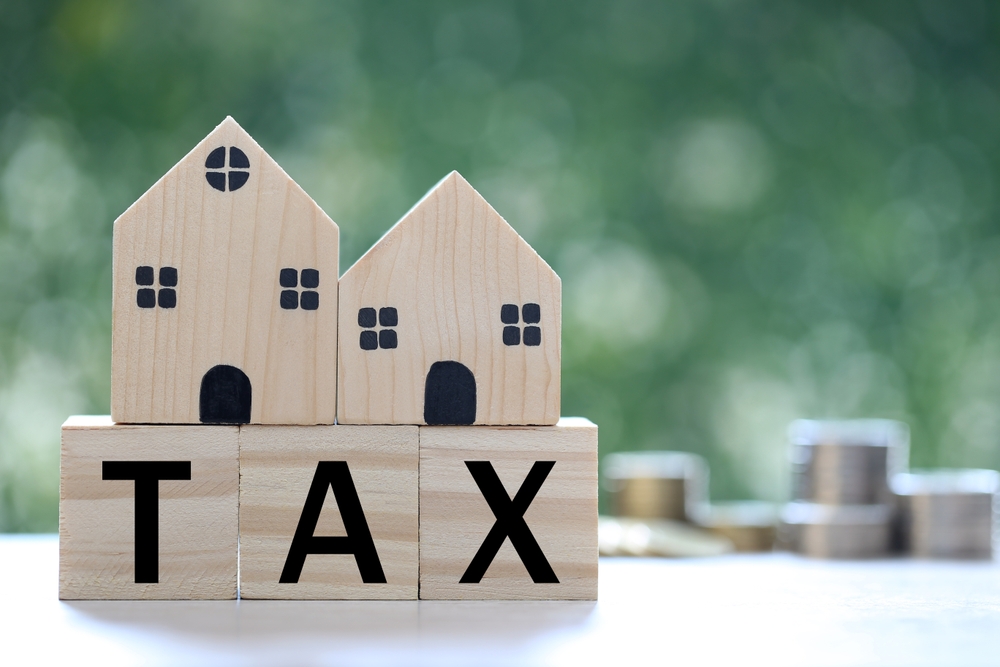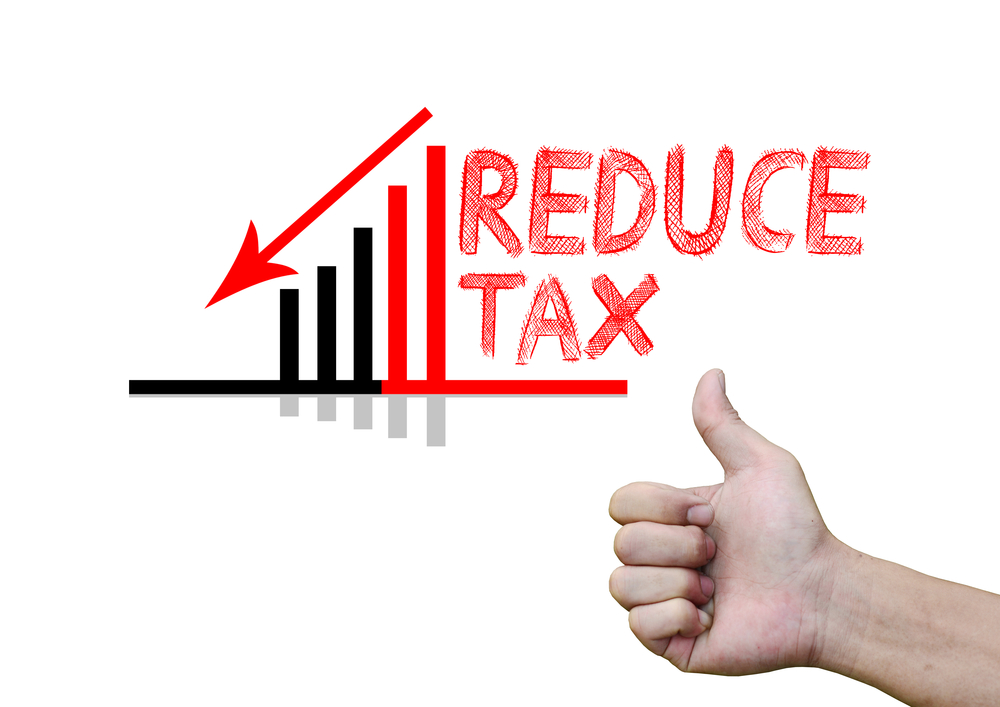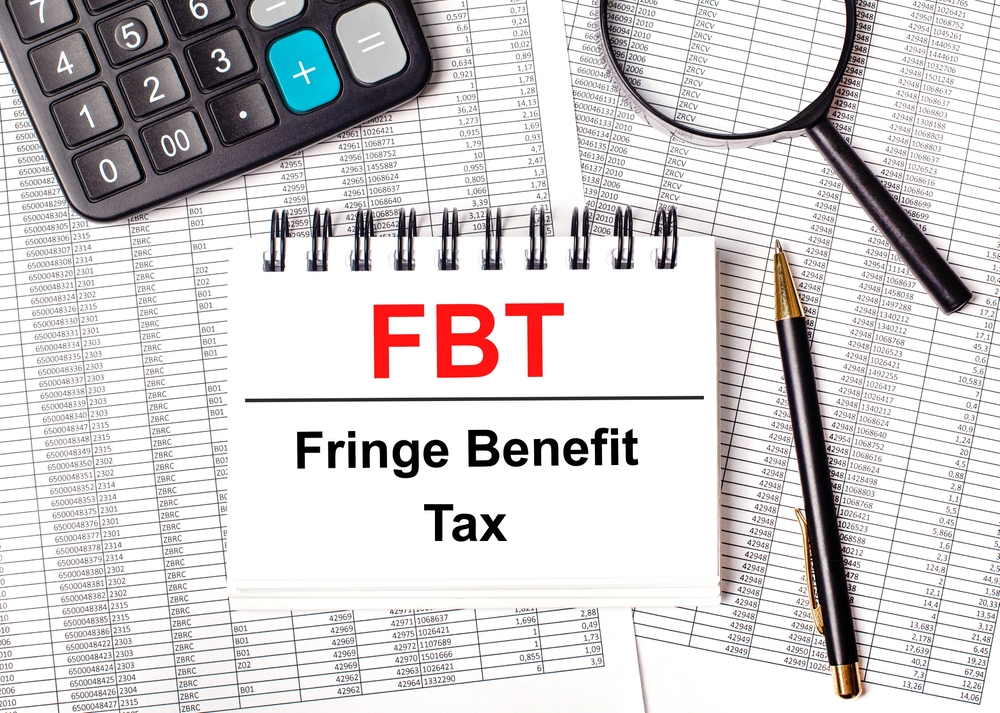Our best tax lurk ever.
The main residence exemption is incredible. You can sell your home tax free. This is a rare situation in terms of tax regimes across the world and we put it a lot of emphasis in getting the sale of your home as a tax free sale.
After all – a business family wants to increase all of their after tax wealth. And the home is often one of the largest assets.
The basic proposition
The basis proposition is that your home can be sold tax free. And that one family can only enjoy one home.
For example
John owns a home in Subiaco. And he marries Ingrid with a home in Shenton Park. John moves into the home with Ingrid. They become married and have children.
From the time John and Ingrid live together in a marriage like relationship they can only enjoy one home as a future tax free sale.
As you can see life is never “basic”. People move houses; they rent former homes out, they inherit homes and they move back into their old rental property. And understanding the tax regime for a business family is a key strategy in the business directions for increasing overall wealth.
Quirk one – getting married
If you become married you lose the ability to have a home tax free. So the mere fact that John and Ingrid start living together and become a productive happy family means that the government will ultimately tax them more.
So where a couple gets married they have the choice (s118-170) of either:
- Nominating a main residence from the time of marriage; or
- Allocating the main residence exemption evenly between both homes.
Interestingly the choice is made at the time of submitting the income tax return to the Tax Office
For example
John owns a home in Subiaco. And he marries Ingrid with a home in Shenton Park. John moves into the home with Ingrid. They become married and have children.
From the time John and Ingrid live together in a marriage like relationship they can only enjoy one home as a future tax free sale.
John and Ingrid agree to disagree (they argue a lot) so the exemption is applied half to the Subiaco home and half to the Shenton Park home.
Quirk two – not getting married
The concept of one home for one family is interesting. However many people can live “together” but also live quite separately.
In essence their relationship is one of convenience and it never becomes close to a marriage like relationship.
The tax law defines a spouse as a person who is
- Registered under a state law as being a spouse; or
- Although not legally married, live with the other person on a genuine domestic relationship.
So a relationship for a spouse is one based on the facts and is not a white line test.
For example
John owns a home in Subiaco. He visits Ingrid 3 nights a week at her home in Shenton Park. John partly moves toiletries and a few small amount of clothes into Ingrid’s house and retains his other Subiaco home with the bulk of his belongings.
This carries on for 8 years.
John and Ingrid are not a couple. Each home can be sold free of tax.
Quirk three – moving house
You can choose for your main residence, for tax purposes, to not be where you live. In effect a dwelling that was not your main residence can still be chosen to be your main residence (s118-145).
This rule is often incorrectly interpreted. A key criteria of this tax rule is that you must have the home as your dwelling before the tax exemption in s118-145 can be applied.
For example
John buys a house in Subiaco. Prior to settlement John meets Ingrid and they live in Sydney for 5 years. John and Ingrid then move back into Subiaco and sell it in 3 years time.
As the Subiaco home was never John’s “dwelling” John will pay tax on the sale.
Quirk four – moving house for a very long time
Another benefit of this exemption is that the exemption can last forever provided it is not used for producing taxable income.
For example
John buys a house in Subiaco. John makes it his home.
John moves to Sydney where he works for 19 years in his apartment provided by work.
The home in Subiaco is occupied by John’s Mum.
John can sell the Subiaco home free of tax.
Quirk five – renting out your home and still keeping it tax free.
The exemption a detailed in s118-145 also applies if you rent the family home out for a maximum of 6 years.
For example
John buys a house in Subiaco. John makes it his home.
John moves to Sydney where he works for 5 years in his apartment provided by work.
The home in Subiaco is rented to a tenant at commercial terms.
John can sell the Subiaco home free of tax.
The 6 year clock will also “reset” if a person then moves back into their family home.
John buys a house in Subiaco. John makes it his home.
John moves to Sydney where he works for 5 years in his apartment provided by work.
The home in Subiaco is rented to a tenant at commercial terms.
John moves back to Subiaco and lives in the home for 3 years.
John then moves to New York and rents the home out for 4 years.
John can sell his family home free of tax.
Quirk 6 – making your family home a rental property
If you turn your family home into a rental property you can take advantage of a special rule. This rule allows you to “quarantine” the increased value of the family home so you are given a deemed higher tax purchase price (s118-192).
For example
Ingrid buys a home in Shenton Park in 1993 for $275k. She lives in until 2008 when it is worth $1.7m.
Ingrid now makes the Shenton Park property a rental property and it is rented from 2008 to 2018.
The property is sold for $1.6m.
As the deemed tax purchase price of the Shenton Park home was $1.7m Ingrid will generate a tax loss on the sale of the rental property: even though she paid $275k for the asset and sold it for $1.6m.
Quirk 7 – downsizing the family home
Getting money into superannuation is hard. If you put too much in you will incur large tax liabilities as a result of the breach.
However downsizers of a family home have an opportunity to inject some of the sale proceeds of the family home into their superannuation fund and avoid the high taxes associated with breaching the rules.
For example
Ingrid and John have a home worth $2.9m in Claremont. It is a large block with a run down home.
They are 74 years old, retired, and they have $700k in cash. They have been told that they cannot contribute to their superannuation fund as they do not meet the work test.
John and Ingrid could sell the Claremont home for $2.9m. Inject $600k of the sale proceeds into their superannuation fund and then buy another Claremont home for $2.9m.
There is a lot more to this test to avoid the penalty tax regime to apply – but it has legs.
Quirk 8 – Inheriting a family home
If you inherit a home that was a main residence then you can assume the home remains a main residence for a period of upto two years from the date of death.
This essentially allows the family some time to grieve the loss of their loved ones and then decide on a strategy on what to do with the home.
Of course the deceased should have the tax profile of the family home outlined in a life emergency plan so that the beneficiaries are aware of how the home will be impacted by tax authorities.
Quirk 9 – Doubling down on certain combinations
If you have seen one business family you have seen one business family. The true beauty of advisory for is using double and triple combinations of relatively straight forward strategies, together with an understanding of the family dynamics, to create outcomes that are a perfect fit for the family and really improve the financial wellbeing for all involved.
How do the tax concessions work if you rent the house you live in from your own family trust and rent the family home you own to another? What about buying a house in your superannuation fund and accessing it in retirement? Can a life interest in a home affect the main residence exemption?
What is important is that your advisor on this has proven technical excellence in tax law advisory plus a depth of knowledge in family business advisory. If this unique combination is applied well then a business family, and their family business, can leverage this wonderful tax concession to its full advantage.
At Westcourt we feel that our depth of knowledge as accredited family business advisors, together with our national representation on SME tax issues, gives our clients a competitive edge to make their family owned business great.






